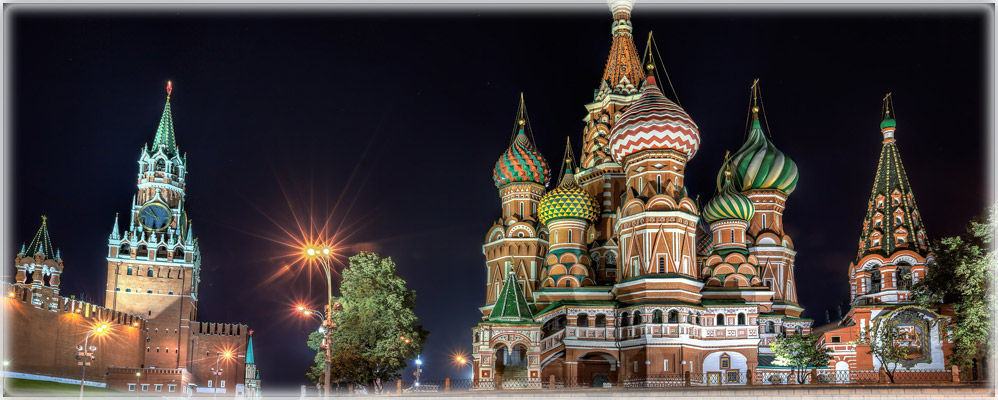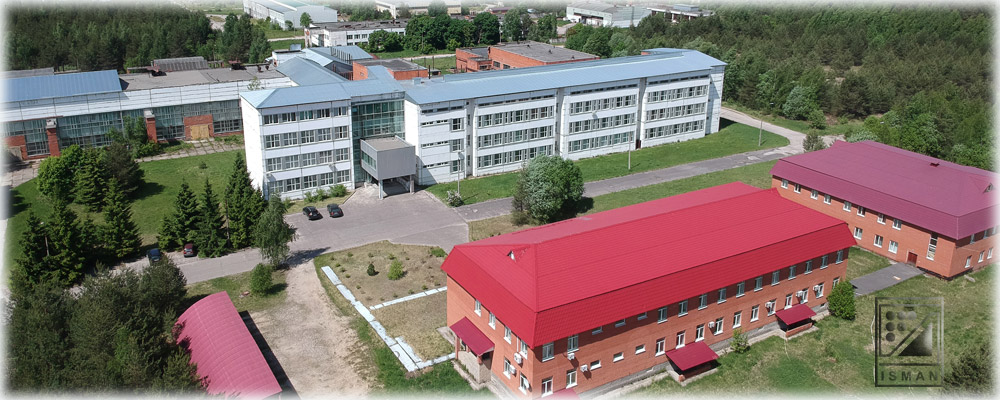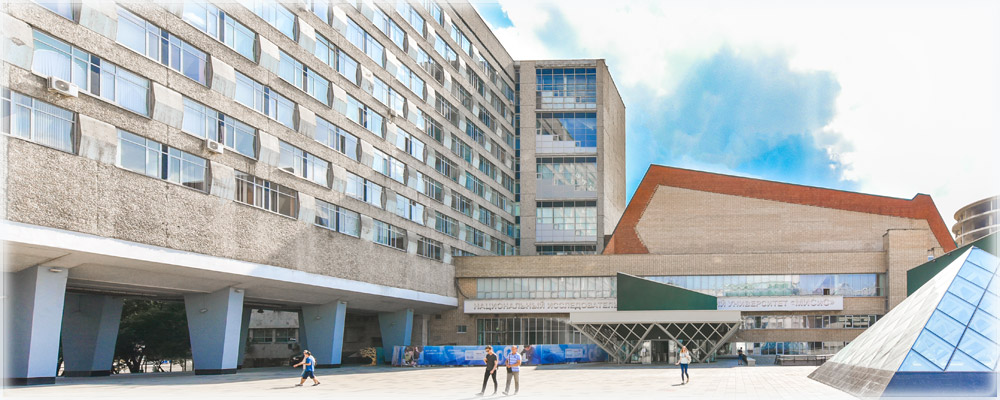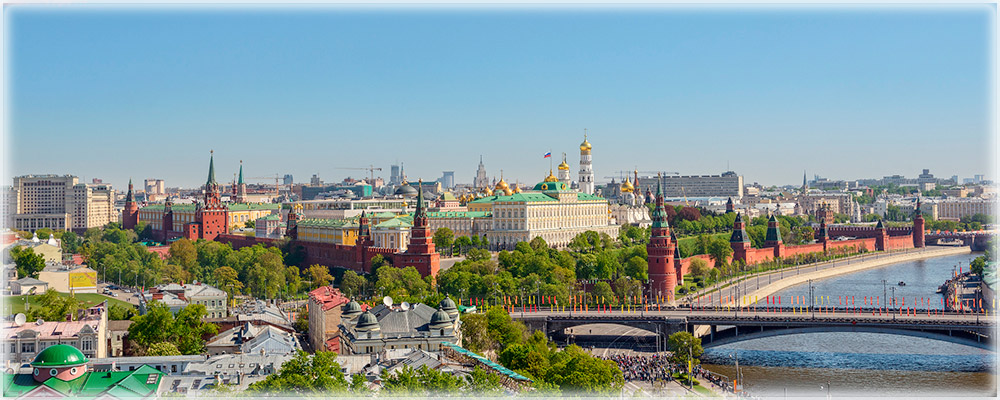Пленарные лекторы, подтвердившие свое участие
Yoshinari MIYAMOTO
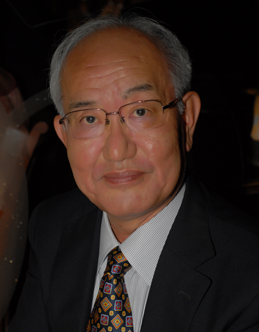 Professor Emeritus of Osaka University, Japan
Professor Emeritus of Osaka University, Japan
Senior Advisor of Shanghai Toyo Tanso Co.Ltd, China
Born in 1944, Graduate from Osaka University, 1967, MC degree of Materials Science 1964, PhD of Materials Science 1976, Through Research Associate and Associate Professor, Professor of Joining and Welding Research Institute, 1997, Retired from Osaka University in 2008.
Member: Academician of World Academy of Ceramics, Fellow of The American Ceramic Society,
Awards: Fulrath Award and International Bridging Award from ACerS, Academic Awards from The Ceramic Societies of Japan and China, Others
Published papers, books and monographs: ~600
Patents: ~100
Major Research Area: Advanced Ceramics, SHS, FGMs, 3D Printing, Photonic Crystals and Fractals, Composites, Carbon Materials.
Andrey A. VOEVODIN
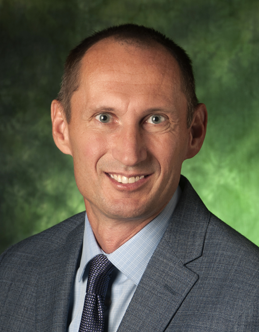
Dr. Andrey A. Voevodin is a Professor and Chair of the Department of Materials Science and Engineering (MSE) in The College of Engineering, University of North Texas.
He holds an adjunct professor appointment with the University of Dayton, Ohio as well as a visiting professorship with the University of Huddersfield, UK.
Dr. Voevodin had received Metallurgy Engineer (1986) and Materials Science PhD (1991) degrees from the Tula State University, Russia. His expertise include materials and processes for tribology, wear and corrosion protection, thermal interfaces, nanoelectronics.
Dr. Voevodin had developed a number of plasma assisted technologies for surface engineering, protective coatings, thin film growth, mechanical and thermal interfaces, as well as flexible nanoelectronic devices. He has over 300 technical publications, from which 235 are in peer-reviewed archived journals, one book and eight book chapters, as well as 12 patents and inventions. His works were cited over 11,000 times with current citation h-index=60. He advised and graduated 19 PhD and 6 MS students.
Dr. Voevodin is a regular organizer, editor, and presenter at international materials and surface modification conferences. He is a recipient of multiple scientific achievement awards and is a Fellow of the AVS Science and Technology Society.
Major Research Area: Advanced Ceramics, SHS, FGMs, 3D Printing, Photonic Crystals and Fractals, Composites, Carbon Materials.
Mikhail I. ALYMOV
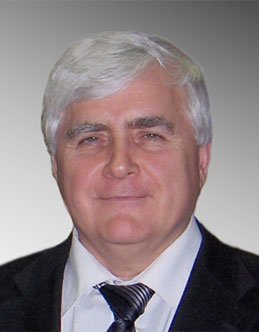
Prof. Mikhail I. Alymov is currently a director of the Merzhanov Institute of Structural Macrokinetics and Materials Science (ISMAN), Russian Academy of Sciences. Не graduated from Moscow Engineering Physics Institute (MEPhI) in 1981, got a degree of Cand. Sci. (Phys.) in 1987 and that of Dr. Sci. (Phys.) in 1997. His research interests are and have always been in the field of powder metallurgy and composite materials. In 1997, he got an academic rank of professor in strength physics and in 2008 was selected a corresponding member of the Russian Academy of Sciences. Alymov authored about 300 publications, including 17 monographs and 7 patents.
Alymov suggested a number of highly efficient processes for producing structural and functional consolidated nanomaterials that can be implemented to reduce the risks of man-made accidents during production, storage, transportation, and processing of metallic nanopowders, including the process for fabrication of metallic nanomaterials with a hierarchically porous structure.
He is Editor-in-Chief of Advanced Materials and Technologies magazine; Deputy Editor-in-Chief of Letters on Materials; and an editorial board member in such journals as Metals, Inorganic Materials, Inorganic Materials: Applied Research, Perspektivnye Materialy, Izv. Vyssh. Uchebn. Zaved.: Powder Metallurgy and Functional Coatings, Deformatsiya i Razrushenie Materialov, Composites and Nanostructures, Journal of Nanomaterials and Nanosciences, International Journal of Self-Propagating High-Temperature Synthesis, and Nanotechnologies in Russia.
Alymov holds a chair of the academic and qualification councils at ISMAN and is a member of the qualification council at IMET. He is a member of the following councils at the Russian Academy of Sciences for the following lines of research: materials and nanomaterials, metallurgy and materials science, inorganic chemistry, ceramic and glass materials, high-purity compounds, and combustion and flame.
He conducts teaching activity as a head of powder metallurgy departments at the Samara National Research University and Ugra State University; and as a supervisor of postgraduate students and applicants.
Alymov is also active as an organizer of regular materials science forums. He is a recipient of multiple scientific achievement awards.
Evgeny A. LEVASHOV
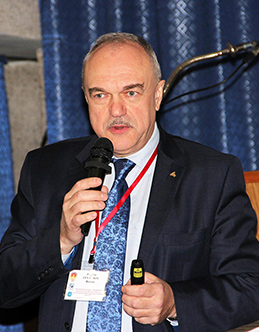
Dr. Evgeny A. Levashov is a Head of Department “Powder Metallurgy and Functional Coatings” and Head of Scientific-Educational Center of SHS, the National University of Science and Technology “MISiS” (MISiS). He had received Metallurgy Engineer (1982) and PhD degree on Powder Metallurgy and Composite Materials from the MISiS (1987), Full Doctor of Science on Chemical Physics, Physics of Combustion and Explosion from the Institute of Structural Macrokinetics and Materials Science, Russian Academy of Science (1996).
Dr. Levashov is one of the closest students and followers of academicians A.G. Merzhanov, I.P. Borovinskaya. He is Professor on specialty “Powder Metallurgy and Composite Materials” (1997), Full Member of the Russian Academy of Natural Science (2001); Honor Dr. of Engineer of Colorado School of Mines (2007); Honor Inventor of Moscow City (2013); Editor-in-Chief of Russian Journal of Nonferrous Metals (2001-present) and Russian Journal “Izvestiya Vuzov. Powder Metallurgy and Functional Coatings” (2015-present); Editors of Journals: Materials (2017-present), Int. Journal of SHS (1998-present); Member of the Int. Committee on SHS (1996-present); Member of the European Joint Committee for Plasma and Ion Surface Engineering (2006-present); Member of the Int. Advisory Committee for Functionally Graded Materials (FGM) (1998-present); Scientific Advisor of the NCP “Research Infrastructures” within FP7 and Horizon2020 (2007-present).
Dr. Levashov had developed a number of materials using the SHS and powder metallurgy methods.
Theoretical and experimental models of the combustion processes and structure formation of heterogeneous systems have been elaborated. Scientific and technological principles for controlling the SHS processes using high-intensity ultrasound fields have been elaborated. Novel electrodes based on carbides, borides, silicides, intermetallides for pulsed electrospark deposition have been developed and used to reinforce and restore cutting, stamping, pressing, and rolling tools and critical components in aerospace industry. A wide class of composite targets for magnetron sputtering of functional coatings has been designed and certified. Ultra hard ns- coatings have been obtained and coatings with superior thermal stability, heat resistance low friction coefficient within a broad temperature range, corrosion resistance, resistive parameters have been designed. New classes of multicomponent bioactive nanostructured films (MUBINAF), including those exhibiting an antibacterial effect for implants operating under load in orthopedics, dentistry, and maxillofacial surgery have been developed. The phenomena of spontaneous reactions of WC-based interfacial layer formation on diamond during sintering of composite with iron triad catalitic metal binder in the presence of nanoparticles was discovered. Experimental and computational studies of mechanisms of strengthening of metallic matrix composites by complex reinforcements have been carried out. Precipitations hardened ceramics exhibiting the effect of reinforcement both the carbide grains and metal binder as a result of concentration separation of supersaturated solid solutions; ceramics with the modified structure based on carbides, nitrides, borides due to additives of nanosized compounds. Ultra high-temperature single phase ceramics were produced by combustion synthesis. The integrated technology for producing narrow-fraction granules of regular spherical shape and prescribed grain size using NiAl- and TiAl-based alloys for additive manufacturing has been developed. A unique feature of the technology is the combination of centrifugal SHS casting with centrifugal plasma sputtering and also SHS powder with spheroidization in plasma. It was developed alloys having a hierarchical structure.
He has over 950 technical publications, from which 230 are in peer-reviewed archived Journals, 16th books and 102 patents. His current citation h-index=26. He advised and graduated 23 PhD and 3 Dr.Sc.






